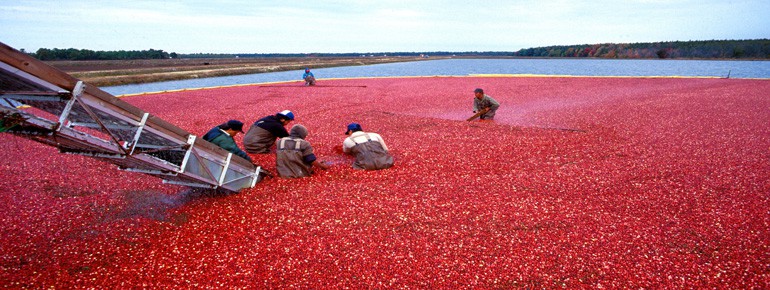NATIONAL CRANBERRY COOPERATIVE, 1996
I. EXECUTIVE SUMMARY
Problems faced at the National Cranberry Cooperative (NCC) were not properly addressed in the new capital expenditures made in 1995. The previous $200,000 investment in a new dumper did not solve the problem because NCC did not recognize the existence of a bottleneck in RP1 operations. As a result, overtime expenses continue to plague NCC due to slower throughput time. In addition, growers (suppliers) are upset at the additional cost burden and idle time of truck deliveries. NCC must keep these growers happy and make critical adjustments to end the bottleneck at RP1.
In the existence of a bottleneck, few dimensions can be altered to alleviate it. The path of the process can be elongated or altered (which adds time), work-in-progress areas can be created, or the path can be widened with increased capacity (capital investment). Based on the predicted harvest makeup of 70% wet berries, RP1 needs to be augmented to accommodate wet capacities through additional capital equipment expenditure (widening the path) or additional labor expense (stretching the time). The exact decision will be based on NCC’s short and long-term strategies.

Operations Design Analysis: National Cranberry
This is a graduate level analysis written for a Masters of Business Administration (MBA) course at a top-tier US private graduate school. This paper, Operations Design Analysis: National Cranberry, represents my personal analysis combined with course knowledge and in-depth research. The report received top marks. This report could be used as a guide for research, a sample analysis for reference, or for direct reference with proper citation.
Word Count: 1650-1700
